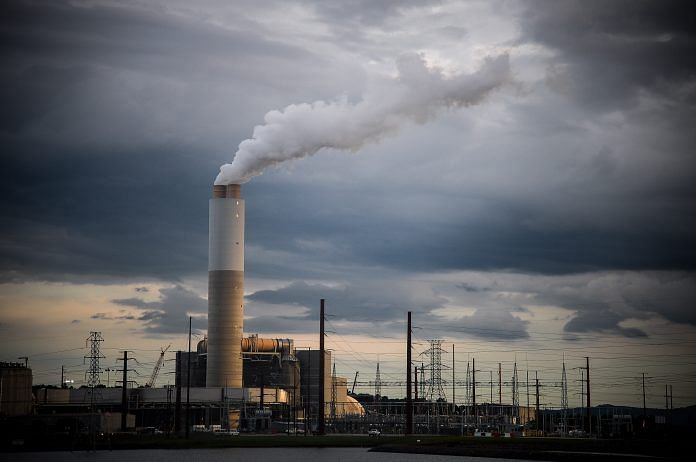Climate scientists knew in 1982 what CO2 level in atmosphere would be today
On 3 May 2019, the level of carbon dioxide in the atmosphere crossed 415 parts per million (ppm) for the first time since 2.5 million years ago, when humans were nowhere near existence. However, in an internal document from 1982 that was published in 2015, climate scientists at oil giant Exxon had made eerily accurate predictions about the level and impact of the ongoing climate crisis. More on Think Progress.
NASA announces return to moon, funded by students’ education grants
The US government announced this week NASA’s plans to go back to the moon by 2024, saying they will put the “first woman and the next man” on the lunar surface. While such news is normally a source of excitement, NASA’s announcement received much criticism. One, for choosing just one female astronaut and two, for the stated channel of funding for the programme: surplus funds from the Pell Grant, which was created to finance education for underprivileged students. More on Inverse.
New Horizons data from MU69 sheds light on most distant object visited by humanity
NASA’s New Horizons spacecraft, which has given us stellar photos and data from Pluto, flew by a cold object called MU69 on new year’s day this year. It passed by at a distance of 3,500 km, flying 6.6 billion km from the sun, which makes MU69 the most distant object ever visited by humanity. The initial results show that the object is a contact binary, ie, two objects stuck together as one. It was also flattened, with reflective markings on the surface, and smooth, with no crater marks. More on Forbes.
MIT study explores how brain makes tough decisions, dissects their failure
When faced with a big decision, the brain breaks it down into smaller decisions for better manageability — but if the decision results in failure, how exactly do you understand which of the steps failed? In a new study, MIT neuroscientists “explored how the brain reasons about probable causes of failure after a hierarchy of decisions”. Find the detailed explanation of the study on the MIT website.
Also read: When Earth’s gravity meets a shrinking Moon, lunar quakes shake it up







Sequestration of CO2 from the atmosphere can be modelled using a single exponential decay constant of 2.5% per annum. There is no modelling need to introduce a multi …